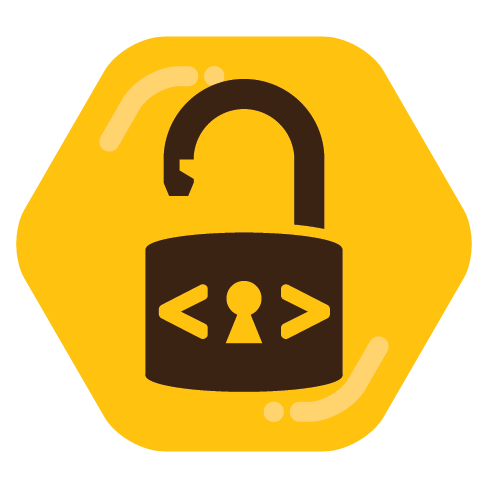

What do you mean by retroactively? Like deleting remotely from your system, without your permission or decision? Something what Google did with Android before too.
I’m here to stay.


What do you mean by retroactively? Like deleting remotely from your system, without your permission or decision? Something what Google did with Android before too.


I disagree. Copyright is not bad.


What a dumb statement. Copyright has nothing to do with money. Copyright is for everyone.


The biggest problem with Ai is copyright.


Glue is pretty strong and can work well. If you do it right.


Tesla is the only car company
on earth in historyin the entire universe that has every single existing model subject to a recall.


When i read the post title, I honestly thought this is a meme.
Version numbers are basically meaningless.


Just a shame that they’re switching over to GTK3 when most other developers seem to be transitioning to GTK4.
The switch from GTK3 to 4 won’t be as much work as they did with the recent GIMP 3 update. Because they did more than updating GTK, like lot of ground work and basically a rewrite of most basic stuff and adding new functionality. So don’t be fooled by the idea it would take ages to update to GTK4, at least it won’t take as much time as GIMP 2 to GIMP 3 update.


Good to know. I was wondering if this would happen and what I would do about it. Somehow the Thunderbird team seems to work completely independent from Mozilla. They also make quite good money from donations, so there is less of a reason to search for additional revenue.


deleted by creator


I also bookmarked the Librewolf Flatpak package. I consider to change my browser (Firefox) for the first time in 20 years or so, since its inception. I do not rely on the Mozilla account, so the switch should be easier for me. Passwords should be compatible I assume. In worst case you can export and import passwords.


They do not get ownership, but a license to do what they want with it. Giving a license does not change ownership, yes they are correct with this.


Hmm sounds reasonable. After my question I was reading the original news from Archlinux and the following statement
In order to not break user setups, we kept these repositories around in an unused and empty state.
suggest that the empty and unused repositories have no effect. I don’t know why they kept this, because removing them would break back then. Removing them now breaks it today, so not sure why they delayed that, as nothing is won. I will uncomment out (Edit: I meant I will comment out) those lines and see what happens. :D In worst case the system cannot update and I can reverse the change. But there is no reason why the system should not able to update, if the repositories are empty.
Another Edit: Me dummy don’t have any [community] repository. Not sure if I removed it before (very possible) or if it is removed by my distribution (please don’t hurt me, I’m just using EndeavourOS).


Should we remove old repositories NOW or wait until update 2025-03-01 and then remove them?


It’s probably for the best for everyone involved.
Last 6 Months: I don’t know when, but Mint finally beat the “extremely popular” distribution MX Linux. Good to see that EndeavourOS is right after it on place 3. Ubuntu still not very popular on place 8, but might climb up soon after the new release. Archlinux is on place 67, because nobody uses it; even Gentoo is more popular on place 63.
Obviously I don’t take this too seriously.


Numerous games received improvements in Mesa 25.0, including …, Marvel Rivals, …
My hope is that Mesa 25 will fix the crashes lot of us have on Marvel Rivals. Fingers crossed 🤞


Similarly, there’s a strong possibility that GIMP 3.0 will be included with Ubuntu 25.04, as the third (and final) release candidate (RC3) has appeared
I would not bet any Bitcoin on this one. :p
2 weeks ago I got a Steam survey on my Steam Deck. Hope it helped.